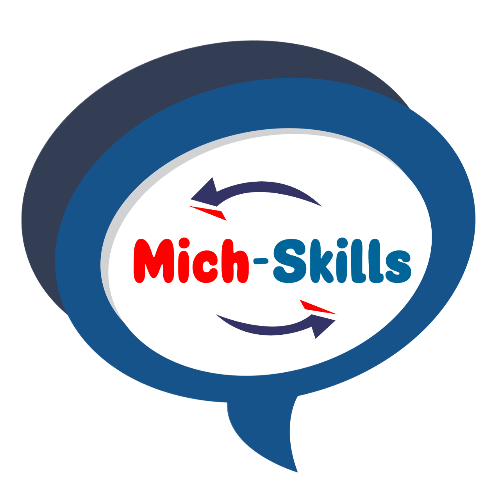INFORMATION SHEET 3.1-1
Competency Based Training Delivery
The Module on Planning Training Session presents your session plan which is a documentation of how you will be undergoing the training. In this module, Facilitating Learning Session you will be implementing your plan. However, before the sessions, different learning management tools should be prepared to help you manage your learning session.
In CBT approach the trainees are given opportunities to learn in their own pace but the trainer, like in any teaching-learning approach, is still an integral part in the success of the trainees. All trainees may require guidance and support to actively participate in the learning process. It is, therefore, very important for the trainee to know exactly what you expect them to do.

The Competency Based Training Delivery approach should be explained so that the trainee will know exactly what activities he needs to undergo to acquire the required competencies. The diagram above shows the CBT process.
Managing CBT versus Traditional Programs
There is always a tendency for you, the trainer, to go back to the traditional approach of teaching because of the Law or Primacy in learning. That is, the things that are learned first are very difficult to re-learn but if you are aware of the advantages of CBT you would be more conscious about this tendency.
The following table differentiates Traditional Approach and CBT Approach.


Role of the CBT Trainer
Your major role as the trainer is one of “coordinating learning activities” other than traditional “dispensing of information”. Trainer in a CBT system spend the major portion of training time giving demonstrations, assigning tasks to students, providing individual and small group assistance, evaluating trainee’s progress and providing individual consultation. The following functions outline the role of the trainer in learner-centered instructional situations.
- Serves as a team member to determine what is to be learned
- Stimulates trainees’ motivation.
- Manages learning: a consultation rather than a provider of information; a facilitator of the of the facilitator of the learning
- Diagnose and solves learning problems
- Evaluates student achievement
- Assist learners to obtain individualized rewards
- Assist each trainee in designing a personalized plan of study.
- Installs confidence in the learner by providing experiences where learners may succeed
- Serves as a model for desirable work habits, attitudes and tasks performance in the occupational field
- Spends more time interacting with students on a 1:1 or small group basis
- Helps those students who really need help
- Accepts responsibility along with the student for the tasks learned or not learned.
Role of the CBT Trainee
Competency Based Training is individualized and “Learner-centered”. Trainees, therefore, pursue instructions for their personal goals and objectives. The trainee spends most of his time in directed self-study and practice, supervised by the trainer who can provide immediate assistance and feedback.
In CBT, Trainees have the following roles:
- Trainees may select what they want to learn and when they want to learn it, within reason.
- Trainees learn at their own rate within program guidelines. They may speed up, slow down, stop or even repeat a task.
- Trainees may request to receive credit for what they already know. This is done either through pre-testing or through a review o a task list completed at another training site.
- Trainees may choose how they want to learn-individually, on a one- to-one basis, in small group, in large groups or with audio-visuals.
- Trainees are responsible for what they learn and when they learn it.
- Trainees decide when they are ready to perform each task or demonstrate mastery of learning to a job-like level of proficiency before receiving credit for the task.
- Trainees help develop personalized prescription for learning worked out cooperatively and based upon what the students already knows, his preference for learning, learning style and other needs.
- Trainees compete against pres job standards and not against other students and are graded on achievement of the standards or criteria of each task.
- Trainees know “up front”, before instruction begins what they are expected to know and do to complete the program.
- Trainees evaluate their own progress to see how well they are doing.
- Trainees move freely in the workshop, laboratory and or training center.
- Trainees know they will be rated mainly on performance, while paper and pencil tests will be used mainly to check their knowledge of the task.
- Trainees learn according to their interest, needs and abilities – not according to teacher timelines and expediency.
The diagram on the Competency Based Training Delivery would show how learning in a CBT approach is undergone. After discussing the Trainer’s and the Trainee’s Role in the acquisition of learning, the trainee should be oriented on his training environment which include the workshop, the facilities and the training resources available.
